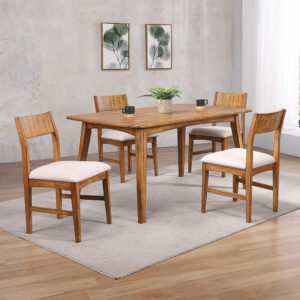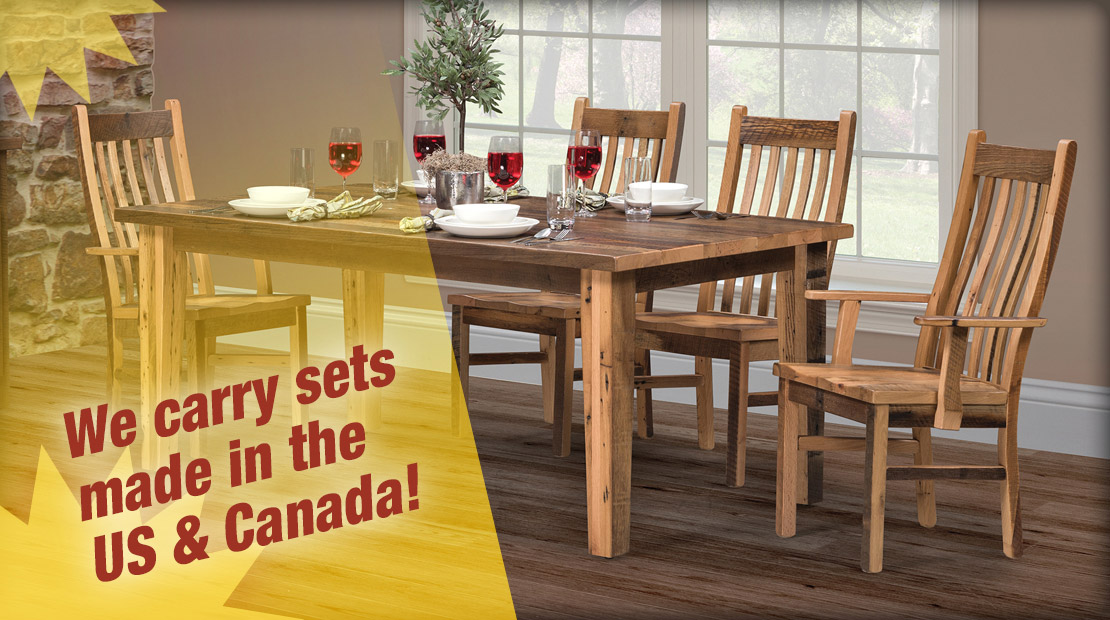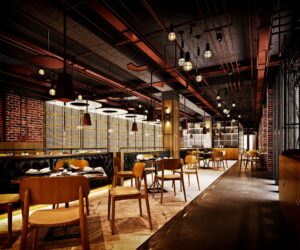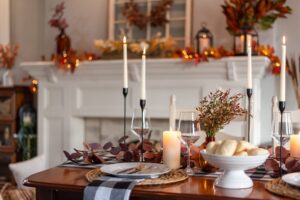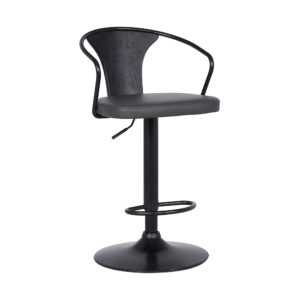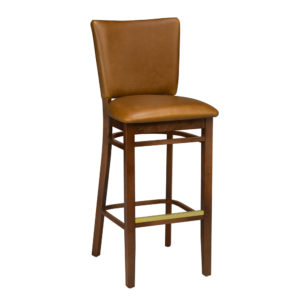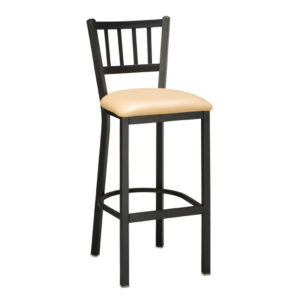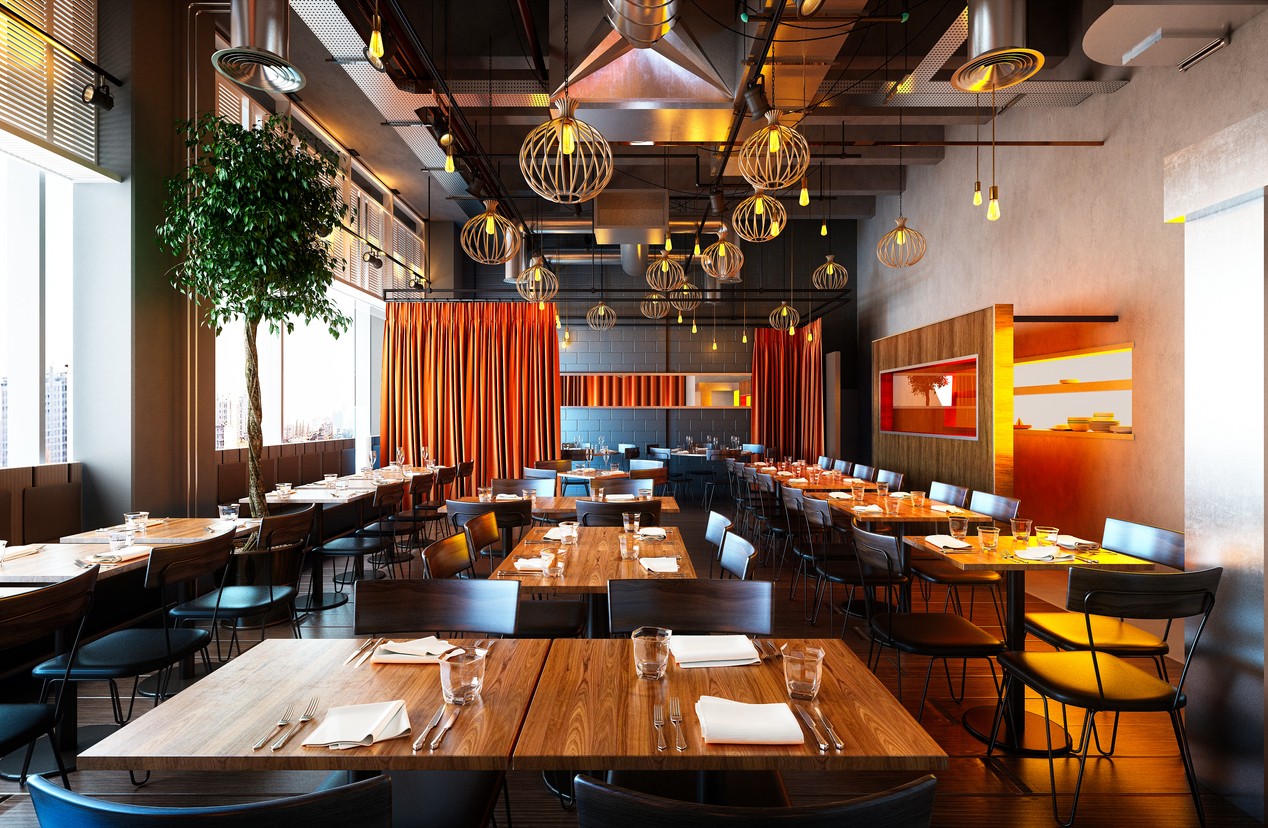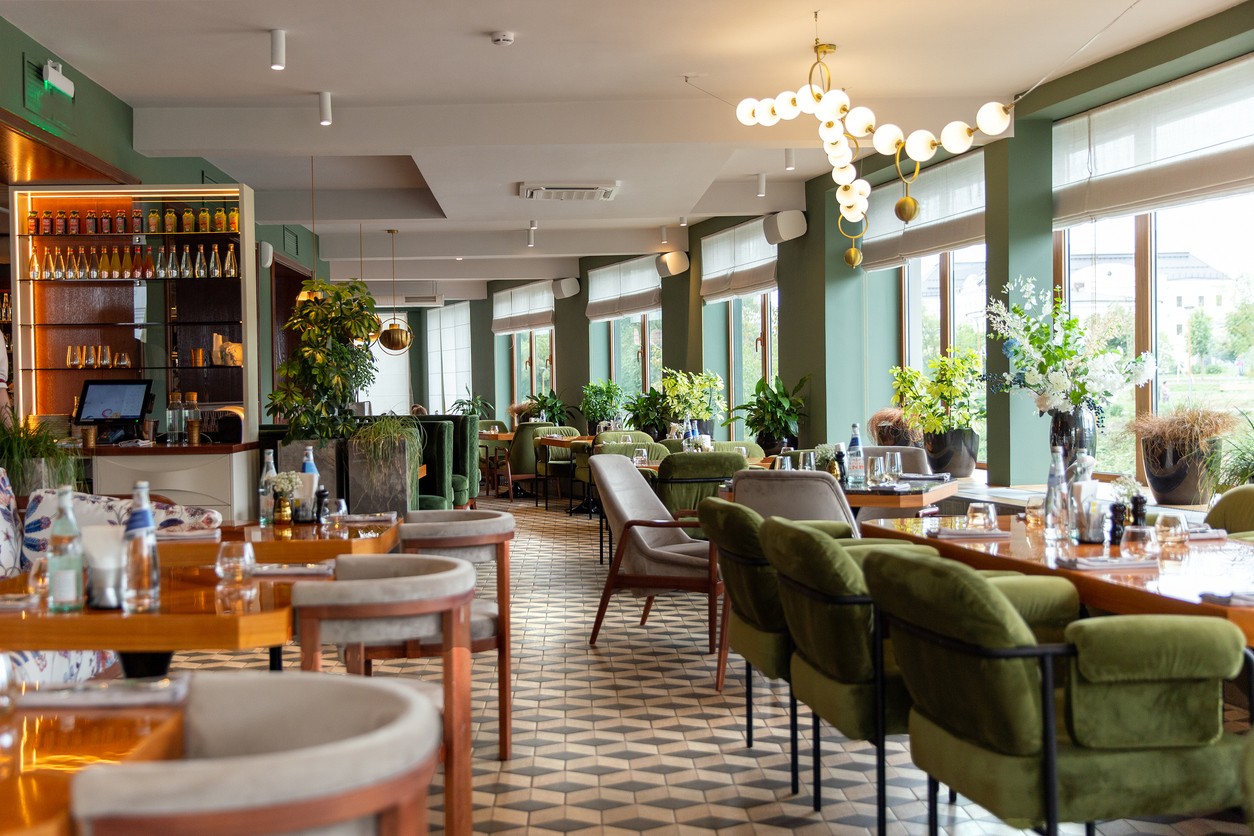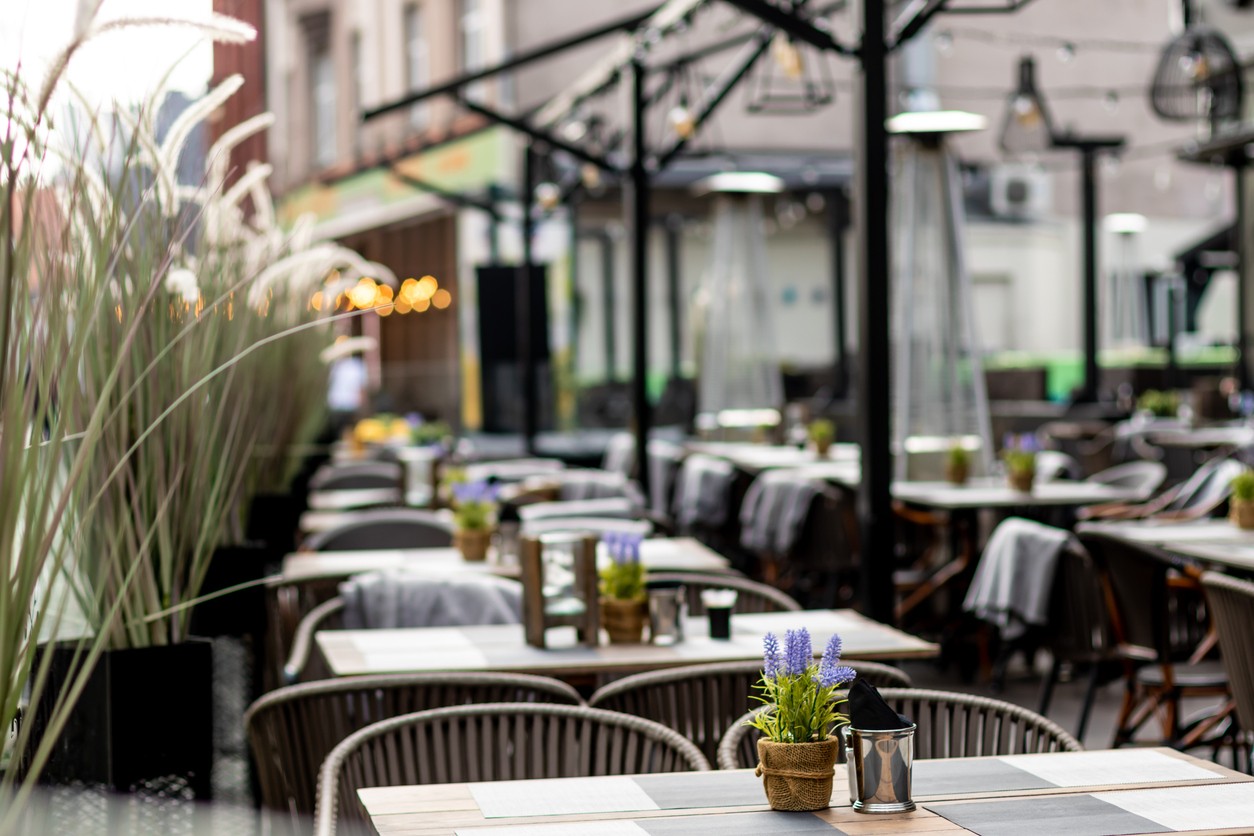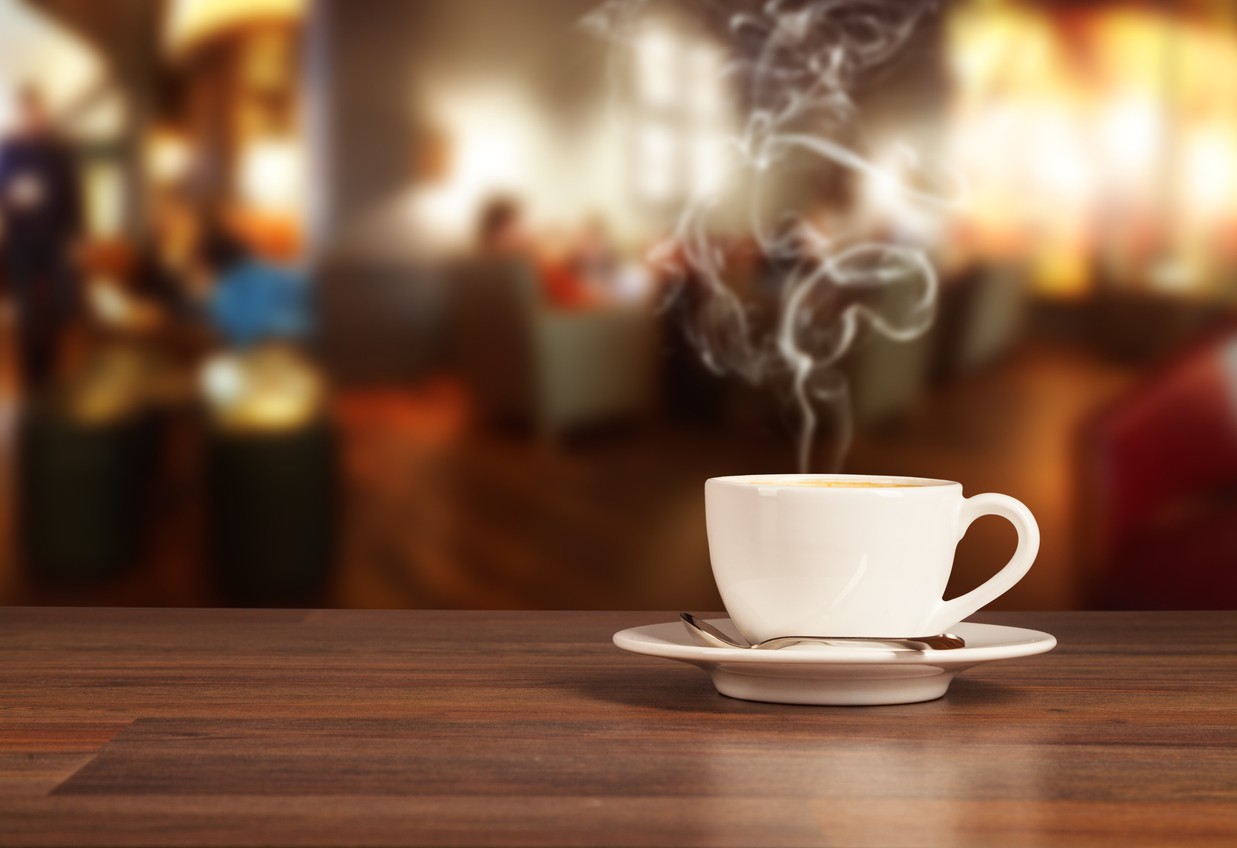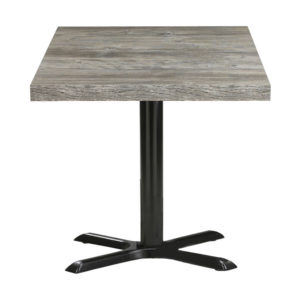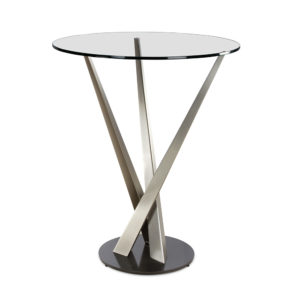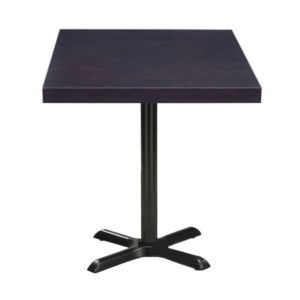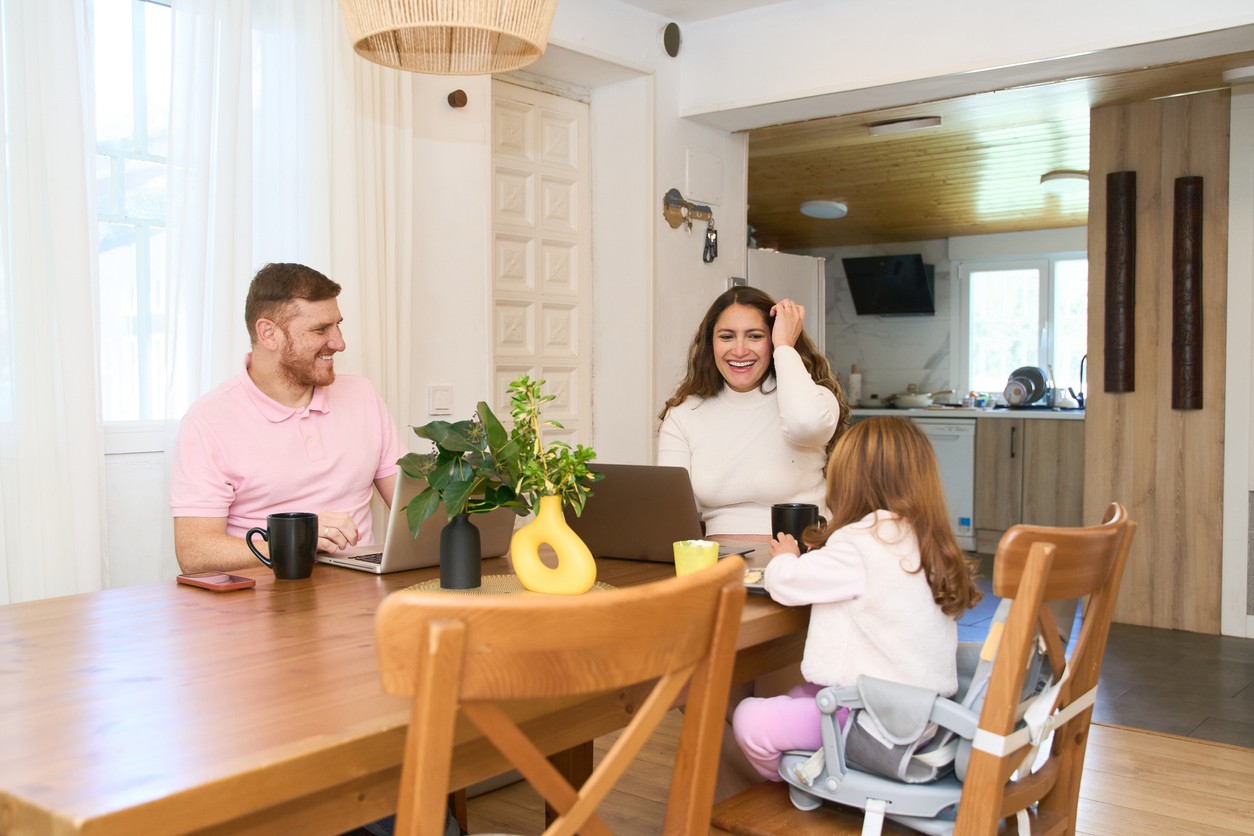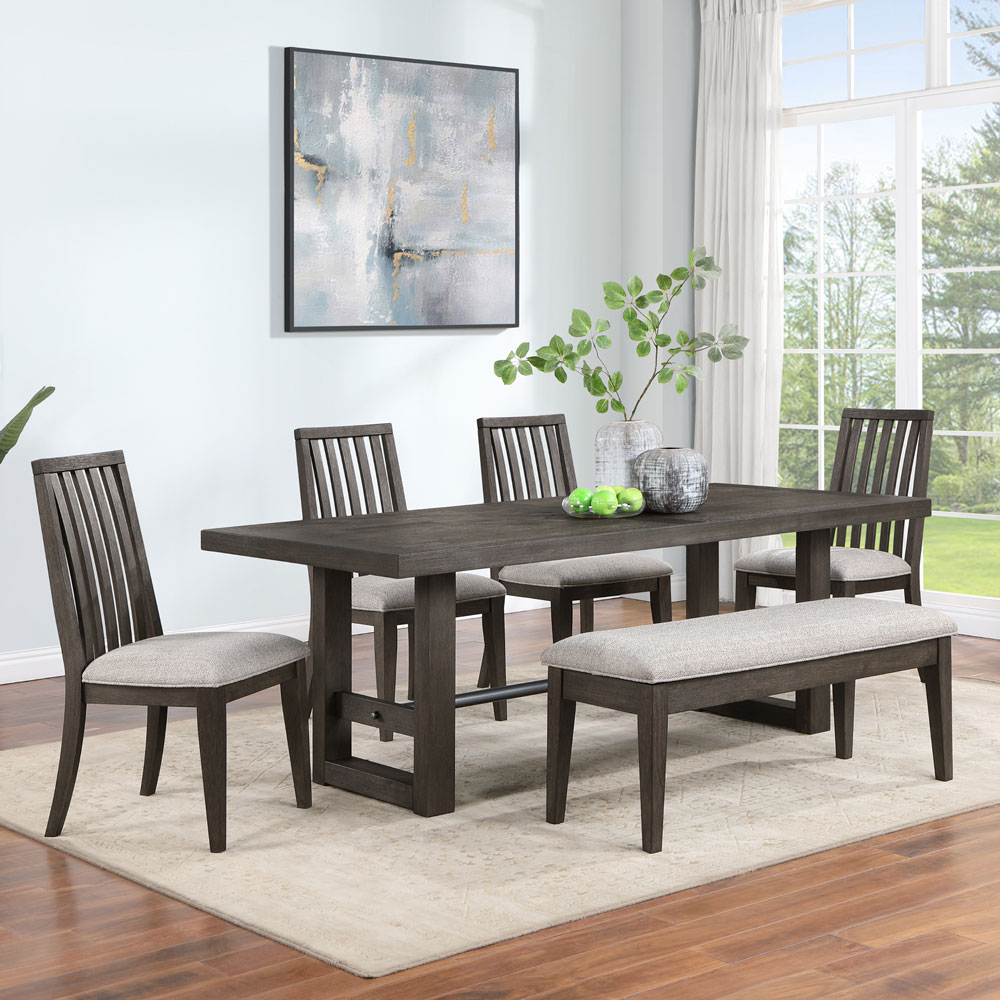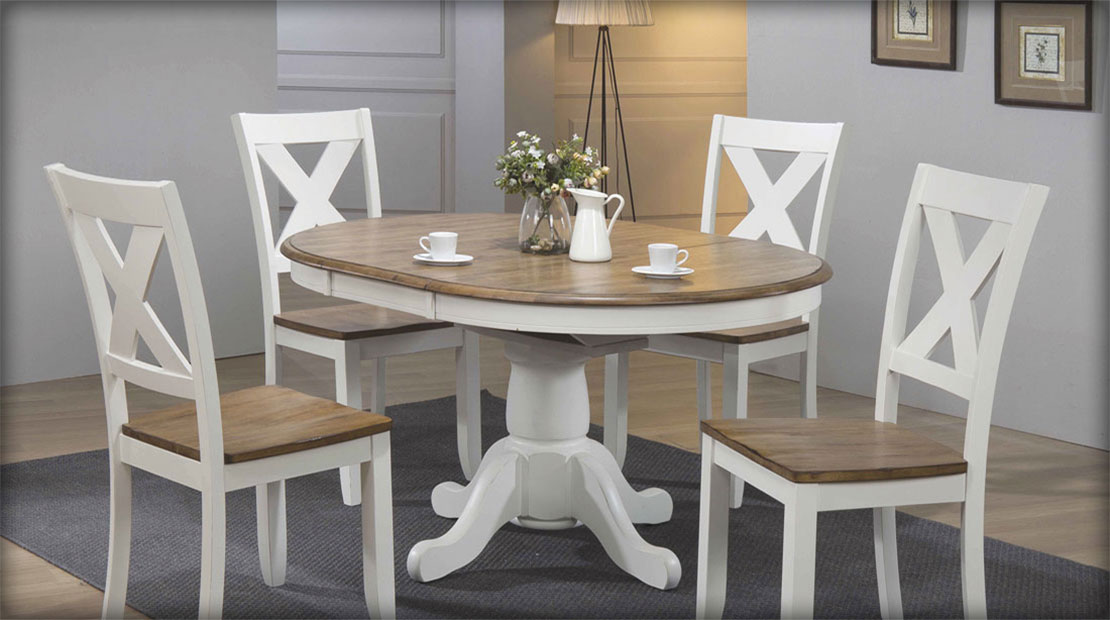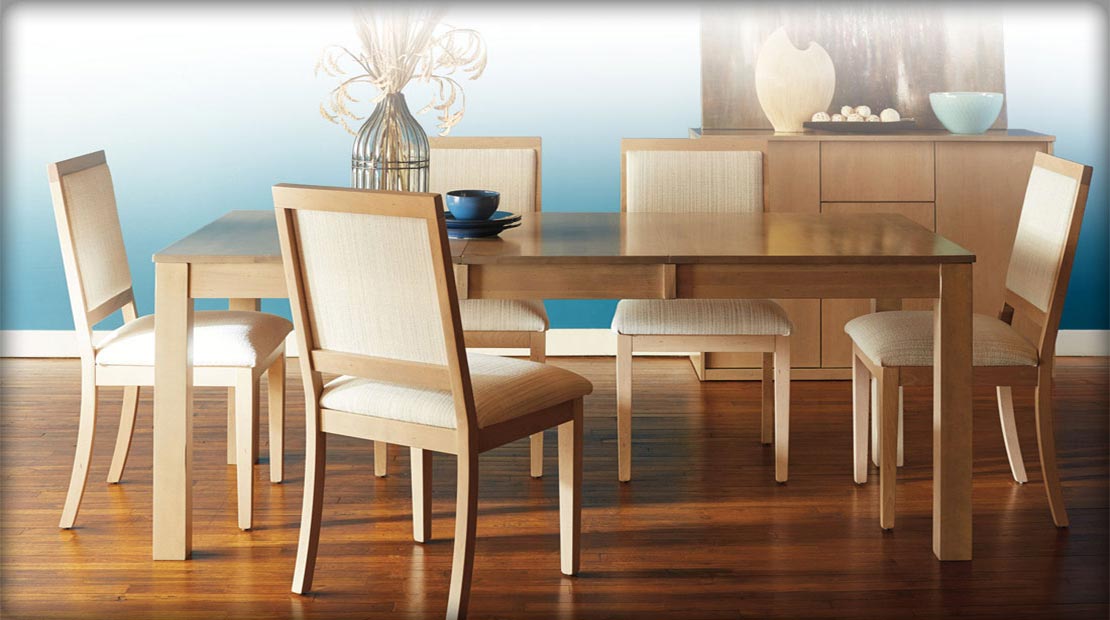When you enter a kitchen and notice the bar stools, you instantly know what the kitchen is all about. Since we use bar stools everyday, their comfort, style and versatility is essential. Homes in the Bay Area value space and structure, so understanding how wooden bar stools, metal bar stools, and other types of stools can fit in well makes a huge difference.
If you’re trying to decide which bar stool material fits your home, look no further than California Dining and Barstools. With a diverse collection, it’s easy to compare bar stool styles and prices.
Understanding the Appeal of Wooden Bar Stools
Bar stools made from wood bring a cozy, welcoming feeling that goes well with all styles in California. These include homes along the coast, rustic mountain cabins, or even modern farmhouse styles. Wood designs are known to be very comfortable to sit on, and that comfort is a large part of the charm of these designs.
High-quality wood features natural grain patterns, distinctive knots, and subtle variations that give each piece its own character. These details make wood a beautiful choice for round kitchen tabletops and solid wood dining sets. Wood also pairs effortlessly with gray and brown stone surfaces, warm wood flooring, and soft, ambient lighting to create a balanced, inviting space.
Depending on how you plan to use the space, wood bar stools come in a wide range of styles to fit both form and function. Backed wood bar stools offer added support and comfort, making them ideal for longer meals or casual gatherings. Swivel wood bar stools add even more flexibility, allowing for easy movement and conversation, perfect for kitchen islands, home bars, or multi-use entertaining areas.
Pros of Wood
- Natural warmth that instantly softens a room
- Comfortable to sit on for longer stretches
- Easy to repair or refinish
- Eco-friendly finishes available
Cons of Wood
- Heavier to move around
- Needs gentle care in humid or damp areas
- Can show wear sooner in high-traffic homes
For many California homeowners, wood is a favorite for its grounded, familiar feel. It adds warmth and character, making a home feel comfortably lived-in without looking worn.
Why Metal Bar Stools Are a Modern Favorite
If your home leans more modern or industrial, metal bar stools often feel like the perfect match. They bring a clean, crisp look that works well in Bay Area condos, townhomes, and loft-style apartments. Their slim frames help tighten small layouts without making them feel crowded.
Metal stools shine in open kitchens with stainless-steel appliances. Finishes like matte black, chrome, brushed steel, or powder-coated colors help them adapt to your overall style. They’re lightweight, simple to move, and easy to wipe down, great for busy homes or people who prefer low-maintenance furniture.
Comfort is still important, so if you like the modern look but want a supportive seat, metal bar stools with backs give you just that. You can also choose metal swivel bar stools if you’d like more movement when talking with people around you.
Pros of Metal
- Strong and durable for everyday use
- Light and easy to rearrange
- Simple to clean
- Works well for indoor and patio spaces
Cons of Metal
- Feels firmer and cooler compared to wood
- Might need a cushion if you prefer softer seating
Metal stools are ideal in homes that value clean lines and a modern feel. They give your kitchen a crisp look that stays stylish for years.
Mixing Materials for the Best of Both Worlds
If you love the warmth of wood but also appreciate the sleek look of metal, wood and metal bar stools offer the best of both. These hybrid designs help balance a room, as wood softens the overall look, while metal adds structure and a modern edge.
You’ll see many combinations, like a metal frame holding a wooden seat, or wooden legs with metal braces. This mix fits beautifully in transitional homes and modern-farmhouse interiors, which are both common in California.
If your space has quartz or glass counters, hybrid stools add depth without clashing. They bring together two materials that naturally balance each other, which is helpful in open-concept homes where every detail matters.
Mixed-material stools also offer more flexibility long-term. If you think your style may change, hybrids adapt more easily than all-wood or all-metal choices.
Choosing Based on Lifestyle and Maintenance
When deciding between wood and metal, think about how you live at home on a daily basis. Style is important, but lifestyle often makes the real difference.
For Busy Families
Metal works best. It’s low-maintenance, durable, and stands up to spills, snacks, and constant use. You can quickly wipe the surface clean, which keeps things simple.
For Design Lovers
Wood shines here. The texture, grain, and finish add a lot of personality to the room. If you like adding warmth through your decor, wooden stools fit naturally into that look.
For Indoor–Outdoor Living
Metal is your friend. Powder-coated metal stools handle sun, moisture, and big temperature swings better. Hybrid stools with strong metal bases are also a good pick.
When it comes to cleaning:
- Wood needs gentle cleaners.
- Metal needs just a quick wipe.
If you buy well-made stools, both materials can last years. At California Dining & Barstools, each style is built for long-term use, so you can shop without worrying about durability.
Matching Your Stools to Your Kitchen or Dining Space
Choosing the right material is one thing, but picking the right look is just as important. Start by noticing the finishes already in your kitchen: the cabinets, flooring, lighting, and countertops.
A Few Simple Matching Ideas:
Light oak cabinets– Pair with black metal bar stools for a striking contrast.
Dark countertops– Warm things up with natural wooden bar stools.
Stainless-steel appliances– Modern bar stools in chrome or matte black create a smooth match.
Height also make a difference.
- Counter height works best with stools around 24–26 inches.
- Bar height works best with 28–30 inches.
If you’re shopping for bar stools for kitchen island seating, measuring your surface is the best way to avoid discomfort later.
If you’re unsure what fits your home, the team at California Dining & Barstools can help you test heights, comfort levels, swivel movement, and finishes in person. Trying stools before buying makes a huge difference, especially for everyday kitchen seating.
Where to Shop for Wood and Metal Bar Stools in California
Choosing furniture is easier when you can see and feel the materials yourself. That’s why shopping locally makes the experience smoother and more reliable. At California Dining & Barstools in Sunnyvale, you can compare wooden bar stools, metal bar stools, and wood and metal hybrid bar stools side by side. The selection is large, and every piece is chosen with California homes in mind.
You can sit, swivel, check the height, and see how the finish interacts with the light, all things that are hard to judge online. The staff understands the needs of Bay Area homes, from San Jose to San Francisco and Fremont. They’ll help you find stools that fit the way you use your kitchen and the look you want.
If your goal is to refresh your kitchen island, brighten up your dining area, or pick modern bar stools that look great long-term, the Sunnyvale showroom is worth a visit.
Bringing Style, Comfort, and Function Together
Picking between wood and metal comes down to the look you want and how you use your home. Wood adds warmth and texture along with extra comfort. Metal brings a clean and modern edge. Mixed styles give you a comfortable, balanced blend of both. In the end, pick whatever feels right, your kitchen will feel more complete once you pick stools that match your home’s style and your daily routine.
Ready to upgrade your seating? Visit California Dining & Barstools in Sunnyvale to see styles in person, test comfort, and find the right fit for your home. Get in touch today and let their team help you pick the perfect stools.
Bar Stool Buying Questions Homeowners Ask Most
Which bar stool material is more durable, wood or metal?
Metal usually handles scratches and moisture better, though solid wood lasts for decades with basic care.
Can I use metal bar stools outdoors?
Yes, as long as they’re powder-coated or designed to resist rust.
Do wood bar stools need special cleaning?
Use a soft cloth and mild cleaner. Avoid too much moisture.
Can I mix wood and metal bar stools in one room?
Yes. Mixing materials adds balance and interest to open kitchens.
Where can I buy wood and metal bar stools in California?
Visit California Dining & Barstools in Sunnyvale for high-quality stools built for California homes.


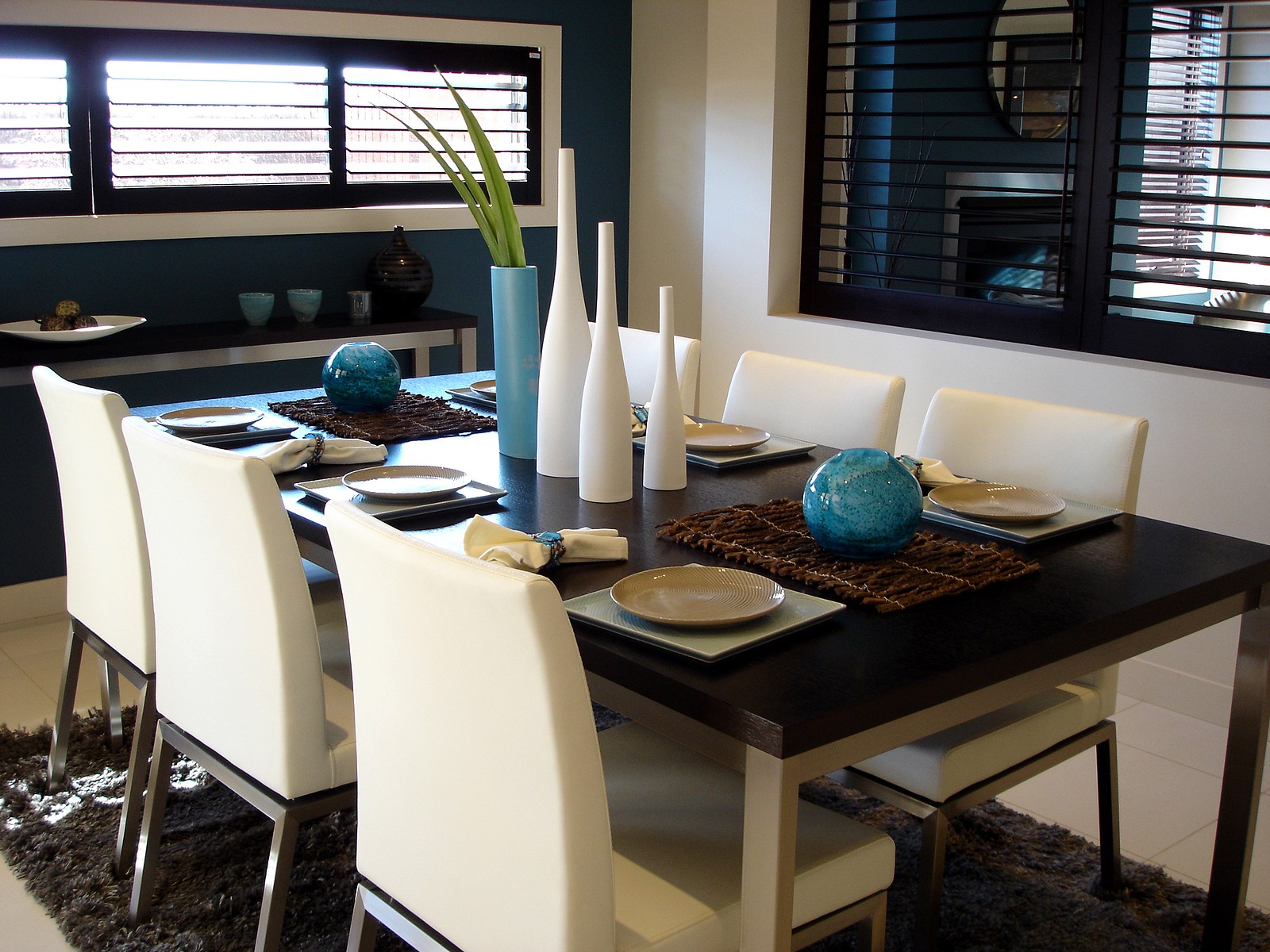
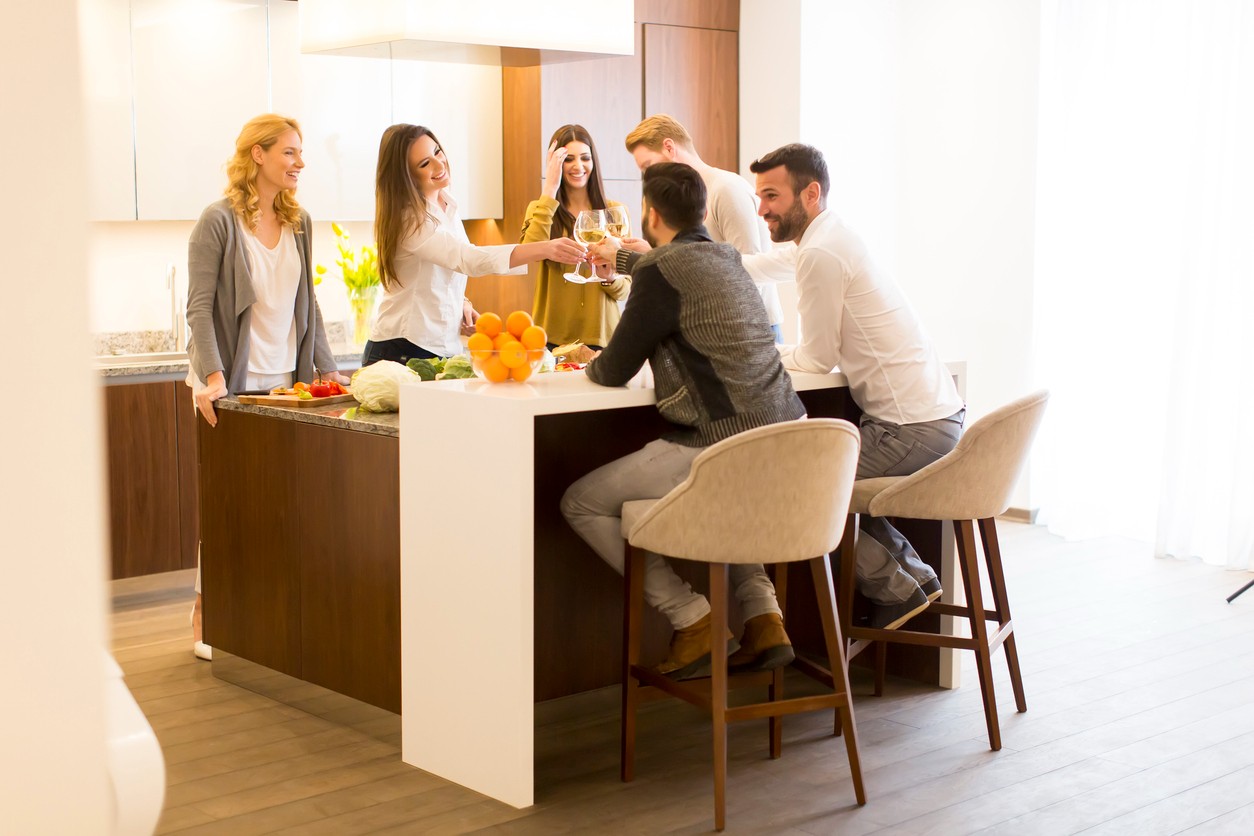

 Before you fall in love with a beautiful table or stylish barstools, you’ll want to make sure they’ll actually fit your home. A little preparation goes a long way.
Before you fall in love with a beautiful table or stylish barstools, you’ll want to make sure they’ll actually fit your home. A little preparation goes a long way.